Food & Wine in Piedmont
… Good wine is culture … and food is poetry …
Piedmont Hills
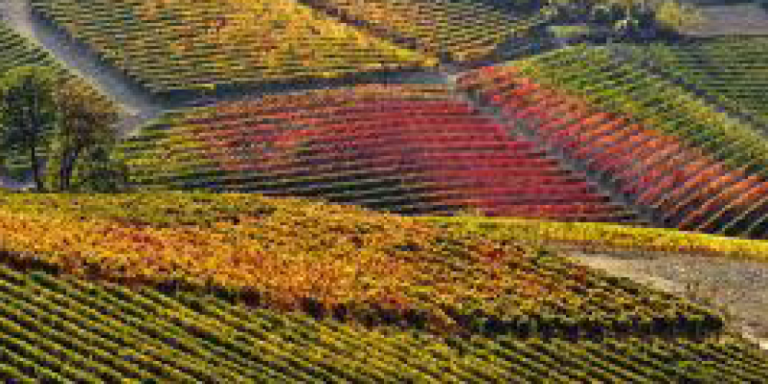
The Piedmontese hills are concentrated in the areas of Turin, Canavese, Monferrato, Langhe and Roero. These places of great beauty produce some of the most prestigious wines in the world: Barolo, Barbaresco, Moscato, Arneis, Dolcetto and Barbera. Just these wine landscapes (Langhe, Monferrato, Roero) have recently become part of the UNESCO world heritage. Piedmont has an extraordinary food and wine tradition: it is no coincidence that Slow Food was born here, the internationally renowned non-profit association committed to safeguarding agricultural and gastronomic traditions in the world.
The Langhe and Roero

The Langhe are included in the provinces of Cuneo and Asti, between the Tanaro and Bormida rivers. Its fertile hills are dotted with the castles of the families who lived there since the Middle Ages. Here the famous Barbera, Dolcetto, Moscato and Nebbiolo vines are cultivated.
The Roero is included in the provinces of Cuneo and Asti, on the left bank of the Tanaro river. Its sandy soil favors the production of wines such as Roero rosso or la Favorita. There are numerous castles, witnesses of the feudal past, then transformed into elegant noble residences.
The Canavese and Monferrato
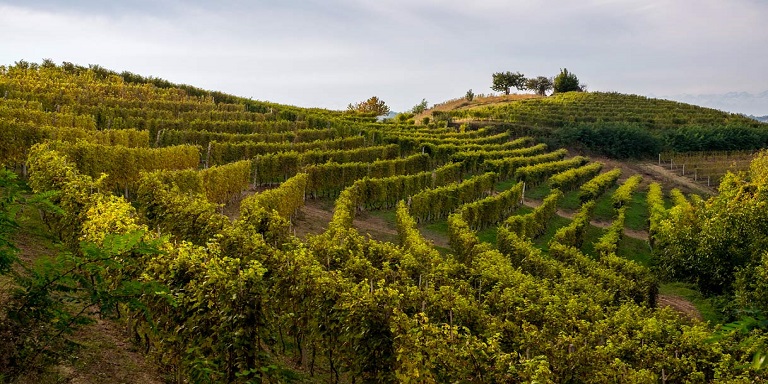
The Canavese is the northern part of the province of Turin. It is a land of wooded hills, cultivated plains and charming villages against the backdrop of snow-capped mountains. It is one of the main areas in the production of wines such as Nebbiolo and Erbaluce di Caluso, one of the few white wines of Piedmont.
The Monferrato is included in the provinces of Asti and Alessandria. The soil, calcareous and sandy, looms in gentle cultivated or wooded hills. Here the Nebbiolo is cultivated above all, but also the known Barolo, Barbaresco and Barbera.
DOC & DOCG

Italian wines are divided into wines with: Controlled and Guaranteed Denomination of Origin (DOCG), Controlled Denomination of Origin (DOC), Typical Geographical Indication (IGT). Among the Piedmontese DOCG wines we mention the Alta Langa, Barbera d’Asti, Brachetto d’Acqui, Dolcetto di Diano d’Alba and Ovada, Ruchè di Castagnole Monferrato. Our region also boasts many DOC wines: Barbera d’Alba and Monferrato, Dolcetto (d’Asti, d’Alba, Ovada, d’Acqui), Freisa d’Asti and Chieri, Grignolino d’Asti and of the Monferrato Casalese, Malvasia of Casorzo d’Asti and Castelnuovo Don Bosco, Nebbiolo d’Alba. However, there are no IGT wines. Piedmont is also known for some liqueurs, such as the Nocciolino from Chivasso, the Rosolio and the Vermut (born in Turin in 1786).
Typical Products

Piedmont is rich in typical products, which have obtained quality labels from the European Union PDO (Protected Designation of Origin) and PGI (Protected Geographical Indication). PDO is a quality mark that those foods whose quality depends on the territory in which they are produced have. The IGP is, instead, a quality mark guaranteeing those agricultural and food products whose quality is linked to a geographical area and a precise production and / or processing area. Among the DOP and IGP products, there are many cheeses, some types of rice (S. Andrea and Baraggia), some cured meats and meats. Among the agricultural products PGI, we remember the Piedmont chestnut, the strawberry and the red apple from Cuneo, the Tonda gentile hazelnut from Langhe, the Carmagnola pepper.
Cheese
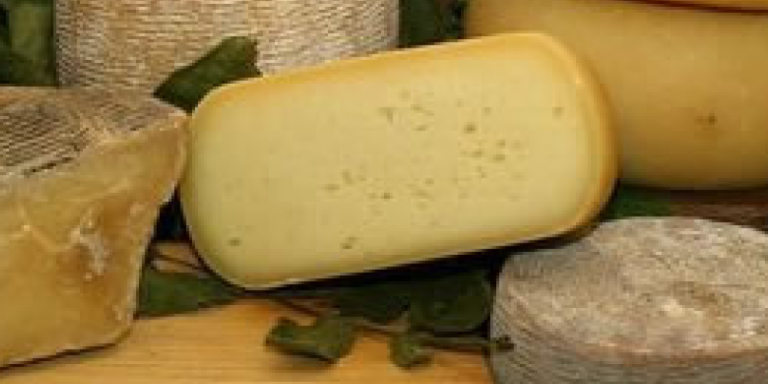
Piedmont offers a wide variety of cheeses. For fans, especially in the province of Cuneo, there are paths that cross the production countries of some of the tastiest Piedmontese cheeses. Among the DOP cheeses we find Bra cheese, Castelmagno, Raschera, Piedmontese Toma and Robiola di Roccaverano.
In the Pellice, Chisone and Germanasca valleys (province of Turin) is produced the Sarass del Fen (“ricotta of the hay”), a Slow Food presidium: ricotta enriched with milk and wrapped in fescue, a particular herb.
Witness to the importance of cheeses in Piedmontese gastronomic culture is “Cheese”, an international fair held in Bra (Cuneo) every two years, with tastings and cultural events, attracting visitors and exhibitors from all over the world.
Truffle
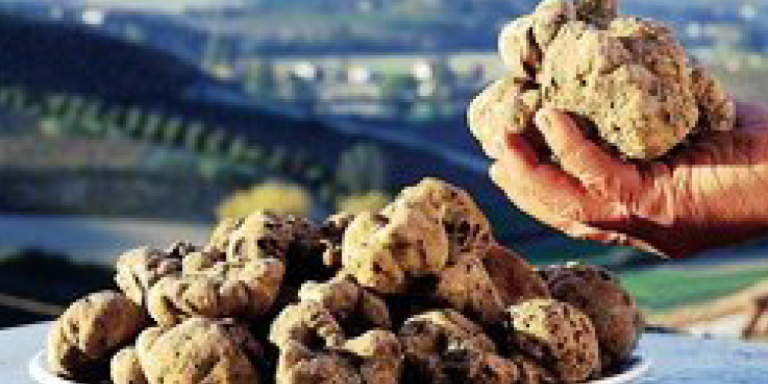
One of the most celebrated products of Piedmont is the truffle, an underground fungus that lives in symbiosis with the roots of some plants. We distinguish the white truffle, more valuable, consumed raw, and the black one, whose aroma is maintained by cooking. The “road of the white truffle of Alba” is an enogastronomic tourist itinerary inaugurated in 2005 along with the homonymous association, which brings together more than one hundred public and private operators. It crosses the provinces of Alessandria, Asti and Cuneo, where every year events and fairs are organized that revolve around the extraordinary product. The most famous is the International White Truffle Fair of Alba, during the weekends between October and November, an event that brings together food and wine, folklore, street events, exhibitions, music and sports.
Chocolate
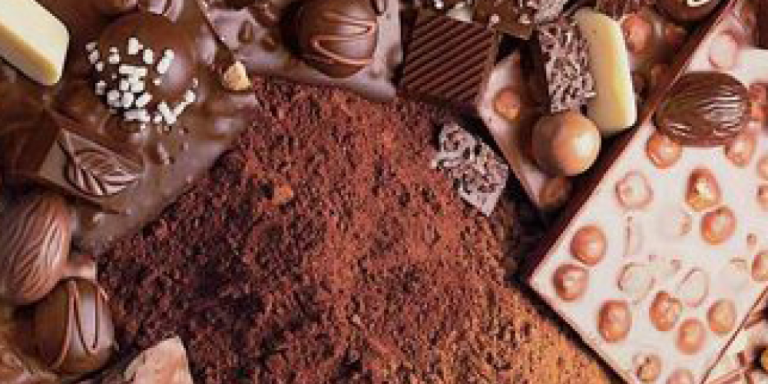
Chocolate is at home in Turin. Here the tradition has its roots in the 1700s, it developed in 1800 and in 1900 saw the emergence of some of the most famous national and international companies. In 1867 the Gianduia Cream was invented, obtained by mixing cocoa with sugar and the famous Piedmontese hazelnuts. With a production of 85,000 tons, Turin is the largest Italian center for chocolate processing. In addition to companies, artisans and master chocolatiers have a central role, who know how to enhance and innovate this ancient product with taste and passion.The most famous products to be tasted in the patisseries and cafes of Turin are the Gianduiotto, the Cremino and the Bicerin (cocoa-based drink and coffee). One of the most interesting food and wine events in Turin is CioccolaTO, a true paradise for gourmands.
Desserts
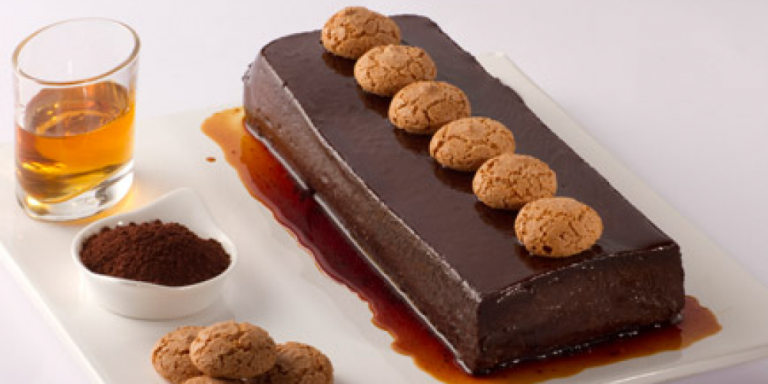
Piedmont is also renowned for its desserts, one of the most famous being the Bonèt (“hat”), a pudding enriched with amaretti, liqueur and cocoa.
Among the biscuits, Canestrelli (biscuits produced in various flavors: cocoa, coconut, pistachio, lemon, etc.), Krumiri, Baci di Dama, Amaretti and Bicciolani (spiced biscuits).
Piedmont is also known for its hazelnuts, which are found in the cake and in the Nougat with hazelnuts. Different types of honey are also produced: among the finest in Italy, acacia honey from Montaldo Scarampi (Asti).
Other Specialities
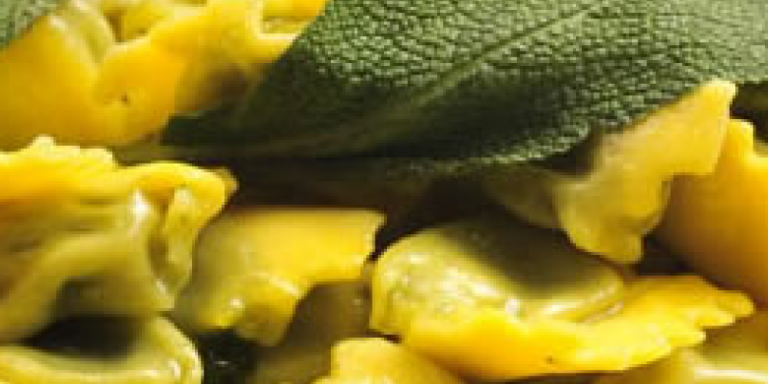
Piedmont has many typical dishes. Among the first, Ravioli del plin (egg puff pockets with meat filling), Tajarin (thin homemade egg noodles, typical of the Cuneo area), risottos (such as the Paniscia vercellese, with beans, lard, pork rind, salami and cabbage). Among the cured meats and meat dishes, we remember the Doja (sausage covered with melted lard), the Meiron’d Crava (goat in smoked brine), horse or goose salami, bresaola d’Ossola (veal or horse), the Tapulon, a fine stew of donkey meat, typical of the Novara area. Among the sauces stand out the Bagna Cauda (based on garlic and anchovies, sometimes with the addition of cream) and the Cognà (grape mustard with fruit, typical of the Langhe).

